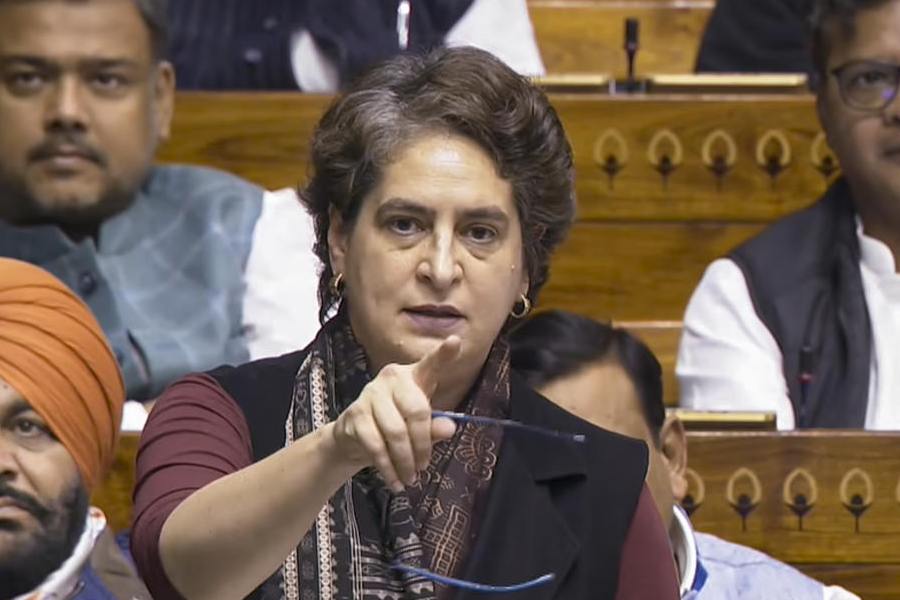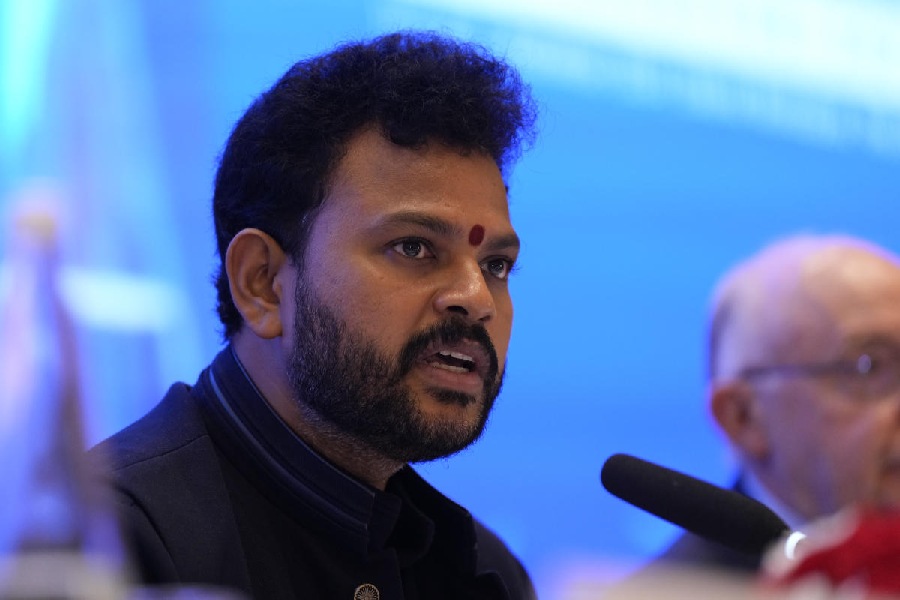Governor Shaktikanta Das on Thursday said the Reserve Bank is having a closer look at domestic lenders' business models as it feels that poor strategies can trigger a crisis.
The Governor of the Indian central bank also said that the recent developments in the US, which has seen the implosion of lenders like Silicon Valley Bank and a rush to limit the contagion of stress across the system, may be because of poor business models.
He added that Indian banks have been able to stay resilient and have not been impacted adversely by the "recent sparks of financial instability seen in some advanced economies" courtesy the work done in this aspect by RBI and the banks themselves.
"The recent developments in the US raise a question whether the business model of individual banks that have faced challenges whether the business models were right," Das said.
"The RBI has started looking at the business models of banks more closely … deficiencies (in it) can spark a crisis," Das said, speaking at the inaugural global conference on financial resilience organised by the College of Supervisors which the central bank started last year.
Business models can sometimes create risks in certain parts of the balance sheet of a bank which going forward can blow up into a bigger crisis, Das said.
Recent events in the banking landscape of the US and Europe suggest that risks could crop up from segments of its balance sheet which might have been considered relatively safer, Das said, amid several analysts suggesting the implosion of Silicon Valley Bank was triggered by lapses on something as basic as asset liability mismatches.
He urged the management and bank boards to continually assess the financial risks and focus on building up adequate capital and liquidity buffers even beyond the regulatory minimum for continued resilience and sustainable growth.
Das said financial resilience is closely linked to a bank's business model and strategy, and added that among other aspects, RBI has prescribed capital and liquidity buffers, and also nudged the lenders to strengthen capital buffers in times of plenty availability like the Covid-19 crisis.
The Governor apprised the audience that Indian banks have shown improvements in the quantum of stress and also capital buffers in the recent past.
The gross non-performing assets ratio has decreased to 4.41 per cent as of December 2022, down from 5.8 per cent in March 2022 and 7.3 per cent in March 31, 2021. The overall capital adequacy was at 16.1 per cent for Indian banks in December 2022, he said, adding that it is much above minimum requirements.
Apart from that, macro stress tests for credit risks indicate that scheduled commercial banks would be able to comply with the minimum capital requirements even under severe stress situations, Das informed.
The RBI is also working to up organizational resilience within banks, Das said, adding that strengthening the governance and assurance functions is a key focus.
He said over-aggressive growth strategies or mindless pursuit of profits are often a precursor to future problems at banks, and asked banks to demonstrate adequacy of internal controls and loss absorption capacity to match the risks that their business models may generate.
“Our approach is to flag deficiencies in this area to the senior management or to the board of directors of individual institutions for remedial action. Remedial action is to be taken by them, our role as the supervisor or as the regulator is to point out the concern on certain aspects of their business model which may become a bigger risk, challenge, threat going forward,” he said.
The RBI is using data analytics, artificial intelligence and machine learning tools to capture potential and emerging risks, identify outlier entities and the vulnerable large exposures of banks, and its onsite supervisors deep dive into areas red flagged by offsite supervision teams. Das said.
It is also monitoring liquidity positions very closely to ensure that aberrations, if any, are immediately taken up for remedial measures. “our whole approach to Supervision has been proactive for minimising surprises, spotting concerns and addressing vulnerabilities early,” he added.
The RBI also wishes that the statutory auditors of the regulated entities function properly and engages with them wherever necessary, Das said.
Informing that from FY24 onwards, state-run lenders' boards will be able to decide on the coverage of branch audit and selection of branches, Das said the RBI is presently doing a fresh assessment of the quality and coverage of such audits for the private sector lenders.
The advent of digital lending by non-banks and fintechs has led to the flagging of issues regarding fair practices and consumer protection, Das said, adding that its comprehensive guidelines on digital lending released last year seek to address concerns.
On the operational resilience front, Das quoted a survey which called out cybersecurity among the top-10 risks in 2022.
Except for the headline, this story has not been edited by The Telegraph Online staff and has been published from a syndicated feed.










